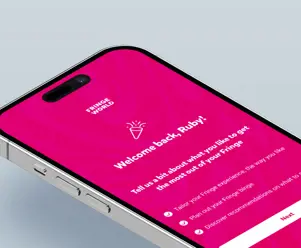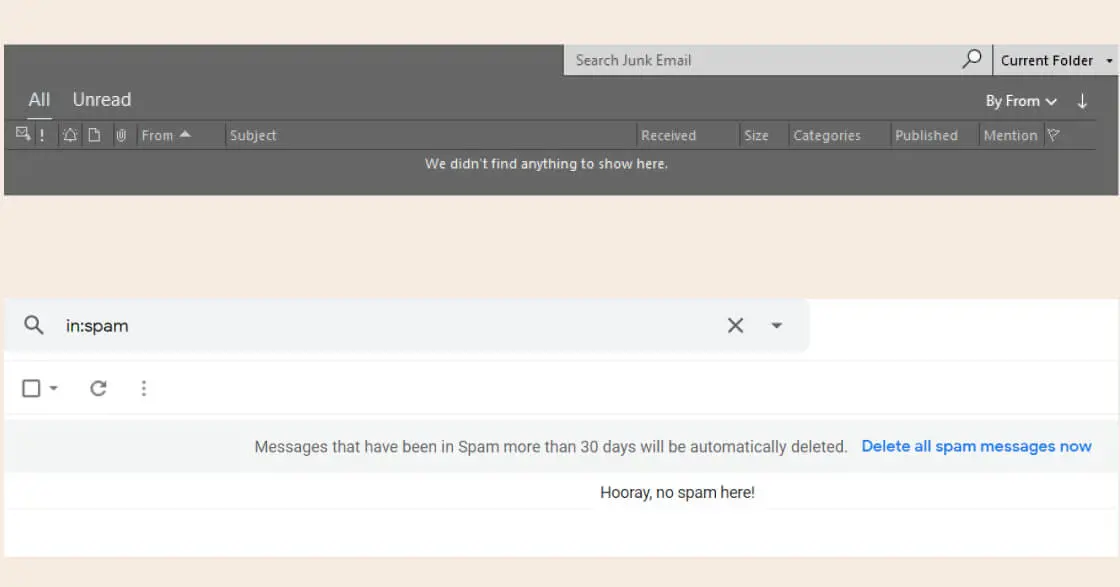The growing trend of UX copywriting

Over the past four years, UX has turned into a key practice for onsite user retention and conversion. It’s been an important step in the evolution of web design and digital experience.
Businesses have understood the need for this practice, and are now focussing on making their sites elegant and intuitive, creating an experience for their users that’s easy to navigate, and leads them smoothly along the path to conversion.
Key Takeaways
- Good UX copywriting is clear, concise, and useful, always keeping the experience in mind
- Microcopy is a key skill in the UX copywriter’s toolbox
- UX copywriting pays attention to even the smallest written details, turning them into positive brand touchpoints
But while its focus has been mainly on visual design, a new sub-discipline has slowly been appearing that merges the world of UX and copywriting, with the aim of providing the best experience to the customer when it comes to the written form.
The world of UX copywriting
Where conventional copywriting introduces users to carefully-crafted content, UX copywriters ensure that the experience in getting to that end result is a pleasing one.
Conventional copywriters create experiences that are designed to make users think and act, using their words as their tools, with the ability to pivot from foppish flights of fancy to direct, hard-sell tactics where necessary.
But where conventional copywriters tell stories to reach their goal, UX copywriters cut out the fat to make it as easy as possible for their audience to understand what action they need to perform, and why. Their tools are direction and engagement.
So while good writing has always been important, it’s now becoming increasingly apparent that ‘good’ doesn’t necessarily mean ‘user-friendly’. And this is where UX copywriting comes into play.
UX copywriting marries the principles of good UX design with the beauty of elegant writing.
In its simplest form, good UX copywriting is:
-
Clear. It uses everyday language, without industry or technical jargon.
-
Concise. It gets the point across in as few words as possible.
-
Useful. It takes the viewpoint of the customer, and thinks about the outcome rather than the internal process.
Good UX copywriting always works with the user’s experience in mind, resulting in customers navigating faster and the digital experience being understood at a faster rate, with lower chances of confusion.
Businesses are able to tell their customers exactly what it is they should do—and tell them quickly. After all, the internet user is a fickle being, and attention spans are low.
The power of microcopy
Let’s look at one of the key skills in the UX copywriter’s toolbox: microcopy.
On face value, microcopy is simply there to fill in the blanks and point users in the right direction on the website in question. Underneath the surface that’s exactly what this copy does—but it’s how it does this that’s the most powerful part.
Good microcopy achieves the end results of prompting users to perform an action. It uses simple, easy-to-understand wording to get to the heart of what your user wants to get from their experience with you. And it’s built on data, which means its results are trackable and measurable, and you can make minor adjustments and continue testing until you’re getting the results you want.
A good example of this is with the case of the hotel search function in Google.
After swapping the call to action from the statement ‘Book a room’ to the more inquisitive ‘Check availability’, their engagement rate increased by 17%. Users were more inclined to click on this new button as they felt as they were still considering a booking (only checking the availability) rather than committing to booking one.
It’s seemingly simple changes like this that can make all the difference in the power of your copywriting; and therein lies the power of UX copywriting. You can make those changes, and then actively measure the results, resulting in quantifiable data that proves if your copy is working or not.
Microcopy is an important element of this new discipline, and its impact on driving desired user behaviour should not be underestimated.
It’s the little things
When customers engage with a brand they want a holistic brand experience. So it’s crucial that the industry starts to pay attention to even the smallest written details that have some impact on the customer, as this will be the driver of competitive advantage for brands building their digital experiences.
A powerful example of this is in something as mundane as an inbox spam folder. This seemingly low-value space of the internet doesn’t really serve a purpose after it’s been cleared—but UX copywriting takes this and turns it into another tool for your brand. Look at Outlook versus Gmail.
Clearing your spam folder in Outlook provides you with the utilitarian message “We didn’t find anything to show here”. It’s simple and descriptive, but not engaging.
This is where good UX copywriting comes into its element and provides that added value. It takes the user’s journey and makes every possible touchpoint a positive interaction, maximising the value of each user interaction with the brand. It fleshes out the brand’s personality and provides more chances for the user to engage.
The details are no longer the devil - so make them count
In a world where user experience is evolving, it’s crucial to consider how your onsite writing forms part of this. While UX copywriting is a growing trend, it’s already been long-adopted by some of the world’s leading online brands like Airbnb and Google, which means businesses need to get on board while they can.
To keep up with this change a good UX strategy needs to focus on the details. It needs to include not just brand messaging, but encompass microcopy, strong calls to action, regular testing and tweaking, and take into account every single touchpoint between the user and the brand.
Ultimately, it’s these details that are going to round out the experience for the user and give your brand an added dimension of personality, so it truly comes alive for your users.




